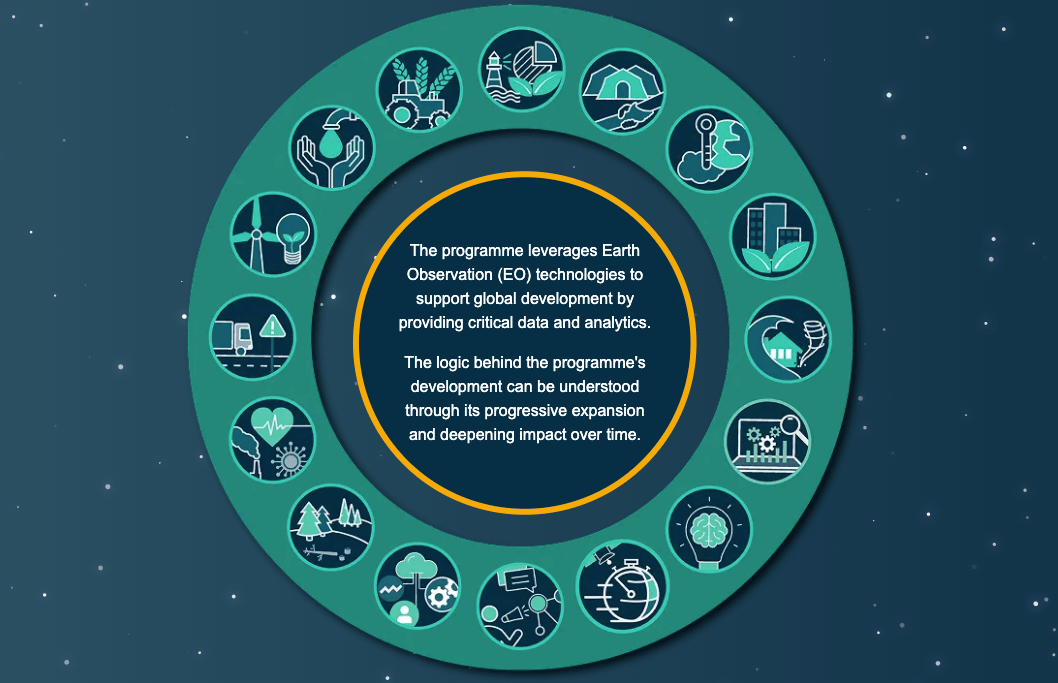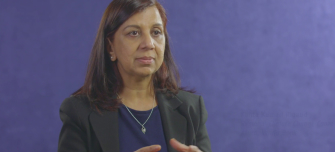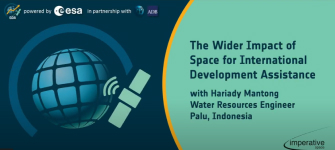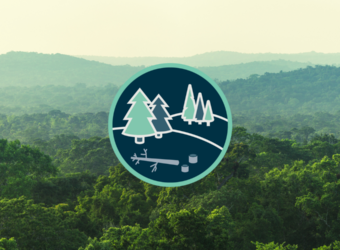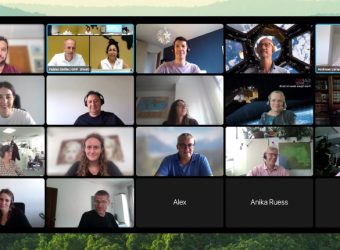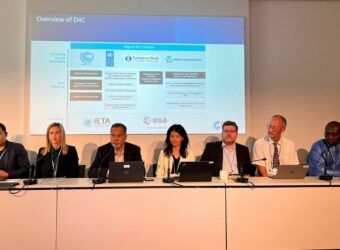Building in the lessons learned from the EO4SD Forest Management project, the ESA GDA Forest Management activity will support International Financial Institutions (IFIs) such as the World Bank and the Asian Development Bank to improve the management and sustainability of forest ecosystems, through the use of satellite-based Earth Observation (EO) data. By overcoming the challenges of monitoring and analysing vast and often inaccessible forested areas, the activity aims to increase the impact and efficiency of development funding in this critical sector. Through data-driven insights, the ESA GDA Forest Management activity plans to support efforts to combat deforestation, restore landscapes and promote sustainable forestry practices worldwide.
Protecting forests is key to addressing climate and biodiversity challenges
Forests are the lungs of our planet, covering nearly a third of the Earth’s land surface. They absorb carbon dioxide, provide oxygen, and regulate our climate. Home to over 80% of terrestrial species, they are vital for biodiversity and support millions of people with food, medicine, and livelihoods. They also act as natural barriers against extreme weather, protect watersheds, and hold deep cultural significance globally.
However, forests face incessant threats. Illegal logging, agricultural expansion and urbanisation erode forested areas on a daily basis, undermining ecosystems and accelerating climate change. To address these threats, several international conventions and frameworks have been adopted to preserve forests and improve their management.
- The 1993 Convention on Biological Diversity calls on countries to develop national strategies to protect ecosystems, including specific goals for forests, supported by the Aichi Biodiversity Targets.
- The 1997 Kyoto Protocol urges industrialised nations to reduce greenhouse gas emissions and includes forest management as part of emissions reporting.
- The 2015 Paris Agreement prioritises forests as natural carbon sinks, with countries committing to restoration and preservation to limit global warming to 1.5 degrees Celsius above pre-industrial levels.
- The Reducing Emissions from Deforestation and Forest Degradation framework (REDD+), part of the Paris Agreement, provides financial incentives to developing nations for reducing deforestation and achieving measurable environmental outcomes.
- The Sustainable Development Goal 15 specifically with target 2 urges to “By 2020, promote the implementation of sustainable management of all types of forests, halt deforestation, restore degraded forests and substantially increase afforestation and reforestation globally”.
Unfortunately, operational challenges make the implementation of and compliance to these conventions and frameworks very difficult. And this is where satellite EO can offer a go-to solution for effective forest management.
Satellites provide essential data to protect forests and ecosystems
Indeed, satellite EO technologies have enhanced forest management by providing unprecedented access to accurate, comprehensive and timely data. One of the key benefits of satellite data is the ability to overcome the logistical challenges of monitoring vast, remote or fragile regions. Traditional field surveys are expensive, time-consuming, and often limited in scope, whereas satellites offer safer, faster and more efficient data collection. For example, satellites equipped with radar and optical sensors can detect forest loss/damage and ecological diversity across entire landscapes. Combined with historical data, these observations enable predictive models to forecast future risks, helping managers to allocate resources effectively and develop targeted mitigation and conservation strategies.
Advanced processing tools further boost the value of EO data, as automated systems now deliver analysis-ready data, conforming to industry standards and presented in Geographic Information System (GIS) compatible formats or intuitive dashboards. This ensures that data is usable and supports decision-making at all levels. Applications extend forest management to precision forestry, where satellites monitor forest height, fire risk, and tree growth to optimise harvesting schedules, sustainably improve yields, and enhance fire management strategies. By predicting high-risk areas, these tools help allocate resources efficiently, reduce fire damage, and safeguard both ecosystems and surrounding communities.
Moreover, the integration of artificial intelligence and cloud computing is accelerating the delivery of information, enabling the public and private sectors to act quickly. These innovations not only advance global forest conservation by mitigating risks, but also help companies demonstrate compliance with environmental regulations and reduce costs.
Global financial institutions drive forest conservation and climate resilience
Forests are central to the sustainability agendas of global financial institutions like the World Bank and the Asian Development Bank. These institutions fund critical forest initiatives and integrate forest management into broader strategies to combat climate change and protect biodiversity.
The Asian Development Bank’s Strategy 2030 underscores the importance of forests in building climate resilience and promoting sustainability across Asia and the Pacific. While forestry is embedded in broader initiatives, the Asian Development Bank has committed to sustainable land, forest, and water management activities, recognising their role in mitigating climate change and supporting livelihoods. Recent years have seen substantial investments in forest-focused projects, with US$348 million allocated in 2022 and US$320 million in 2023. The ADB also drives innovation through its Natural Capital Lab, which promotes nature-positive approaches.
The World Bank has made forest management a core focus of its strategy to reduce poverty and support environmental sustainability. Within its Environment, Natural Resources, and the Blue Economy Global Practice, it has prioritised forests, landscapes, and biodiversity as essential pillars for development. In 2022, the World Bank’s investment in forest-related projects rose significantly, with 127 active projects and a net investment of US$7 billion—a sharp increase from US$1.9 billion in 2016. Africa and Latin America represent the largest portfolios, reflecting the regions’ critical need for forest conservation.
Key initiatives include PROGREEN Trust Fund, aiming to reduce deforestation and landscape degradation while improving livelihoods, BioCarbon Fund, which supports sustainable agriculture and REDD+ efforts to reduce greenhouse gas emissions and the Amazon Sustainable Landscapes Programme, promoting biodiversity conservation and sustainable land use in the Amazon region.
Progress and next steps for the ESA GDA Forest Management initiative
The ESA GDA Forest Management activity is in its early stages, but important milestones have already been achieved. At the end of 2024, the first meetings with the World Bank were organised, coordinated by the ESA representative at the World Bank. The discussions are ongoing, with use case selections in a final stage. Use cases with the Asian Development Bank are still being developed and are expected to take shape in the next months.
Looking ahead, the next steps will focus on advancing discussions with the Asian Development Bank and responding to ongoing requests from the World Bank. Efforts will prioritise the refinement and delivery of Earth Observation products, tailored to the needs of IFI partners’ projects. These products will be improved iteratively through agile cycles, ensuring that the ESA GDA Forest Management activity effectively supports sustainable forest management practices among IFIs and Client States.



